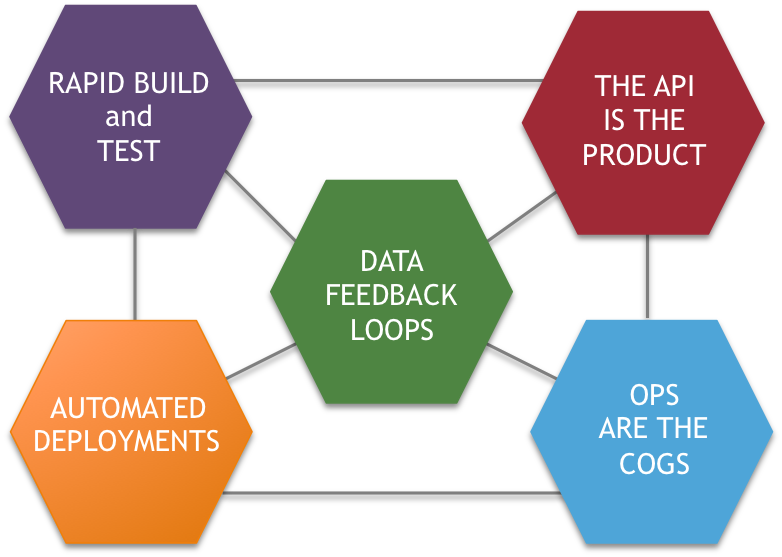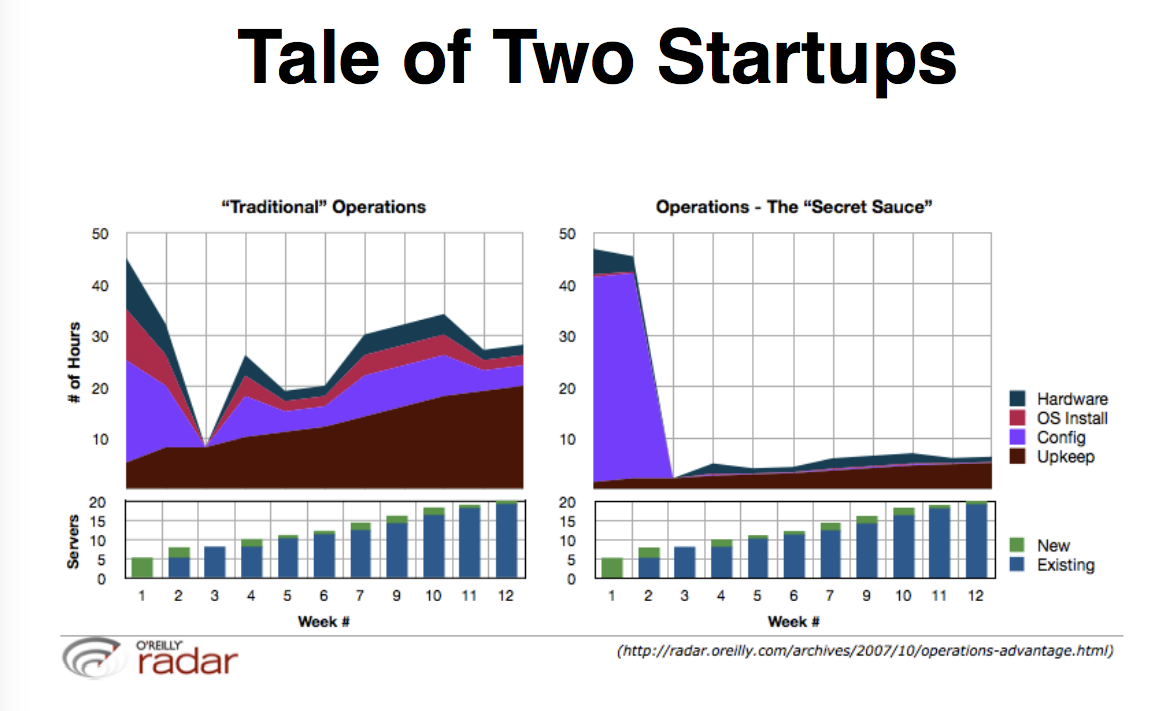PREMISE: As more companies strive to create become digital businesses, there are several areas that IT organizations struggle to understand in managing the transition.
With the evolution of many industries, driven by disruptive startups such as Tesla, Airbnb, Square, Apple Healthkit, Netflix and others, IT organizations are being asked to play an influential role in helping their businesses create competitive offerings. In many cases, the expectation is that these transitions will require a move to Cloud based applications. While Cloud resources may play a strategic role in these transformations, there are several other areas where IT organizations often struggle to understand how these digital transformations are succeeding in other companies.
This research is part of five reports looking at the alignment of business and technology within a Digital Business Platform. Other reports will focus on Digital Feedback Loops, how the API is the Product, Rapidly Building and Deploying Applications, Automated Deployments, and Controlling the Operational COGS.]
Five Misunderstood Areas of IT Transformation
Building and operating applications that are customer or community facing are much different than applications to serve internal usage needs (e.g. productivity, compliance, etc.). This can cause confusion for IT organizations that attempt to apply the same guidelines and best practices to this new domain.

- Rapidly Building and Testing Software – While internally-facing applications are often focused on stable, repeatable processes designed to reduce cost, customer and community-facing applications must be more agile in adapting to new market opportunities and unexpected market changes. These applications must be built using architectures that allow frequent changes and frequent updates. In addition, the testing and deployment frameworks (often called CI/CD) become as important as the ERP and CRM systems were in the 2000s.
- Automate Deployments – Over 70% of all security incidents are associated with manual processes. Too many IT organizations avoid or ignore the upfront work of automating as much as possible because they view it as too costly, or not a frequent occurrence. But customer-facing applications will change frequently, so automation has to become a priority for IT operations teams that want to avoid being a bottleneck to marketplace success.
- Building the Product/Service Around the API – In the digital world, the product/service is the API. This is the interface that the external world, customers or devices or applications, will interact with. Beyond the web-native companies, many “traditional” businesses are exposing their services via APIs (such as Capital One, Target and General Motors). [NOTE: If the end-user interacts with a graphical UI, there is still a need for thought going into the UX to optimize the experience.]
- Operations Drives Costs and Differentiation – The biggest mistake that most IT organizations make about cloud computing is the belief that if they have similar technology to the cloud (e.g. virtualization, software-defined networking or storage, a service catalog) and that they can easily replicate a cloud computing experience. The flaw in this thinking is operations. The way that AWS is able to generate 28% operating margin is not because they purchase white-label commodity servers, it’s because they have higher levels of consistently automated operations than other companies. The example below demonstrates the on-going cost difference between “Traditional” and “Cloud” operational models. This difference can be both an economic advantage and competitive advantage for the business.

- Create Data Feedback Loops – In today’s world, the difference between high-performing and low-performing companies is the ability to collect data from the market (or customers) and make changes and decisions to improve their position in the market – through better products/services that align to customer needs. As aspect of products become more digital, the ability to capture more data about interactions and context increases. How long was the product used? Where was it used? What is the context of how it was used? All of these questions can be answered with data. And this data becomes the basis of changes and improvements to the product/service.
ADAPTING THE PRODUCT / SERVICE MENTALITY
Too many IT organizations see the disruptive companies being discussed at tradeshows or meetups or in the press and dismiss them as “too simplistic” or “only being 1 or 2 applications”. While these insights are not only inaccurate (e.g. Netflix is 100s of applications), but they ignore that these companies are centered around the product. These companies have a technology staff that delivers the face of the company, in a digital way. The way these companies are disrupting traditional markets is by moving from being focused on physical experiences to being a service provider delivering digital experiences that can augment a physical asset.
For many companies, the first step in executing on this new model is to focus on an initial mobile application. Mobile applications can be a perfect candidate for this transition for a number of reasons:
- Mobile applications are often smaller than typically enterprise applications.
- Mobile users expect frequent updates through the app store.
- Mobile applications can leverage highly automated testing frameworks such as SauceLabs, SOASTA or Xamarin
- Mobile applications typically do not require internal infrastructure and can leverage MBaaS services. This allows DevOps style collaboration between engineering teams.
- Mobile application generate a large amount of user-centric data, which can be analyzed to improve user-experiences.
VIDEO: Ken Pepple, CTO of Solinea, discusses how digital businesses are adopting the 5 key principles for their technical practices to become more competitive.


